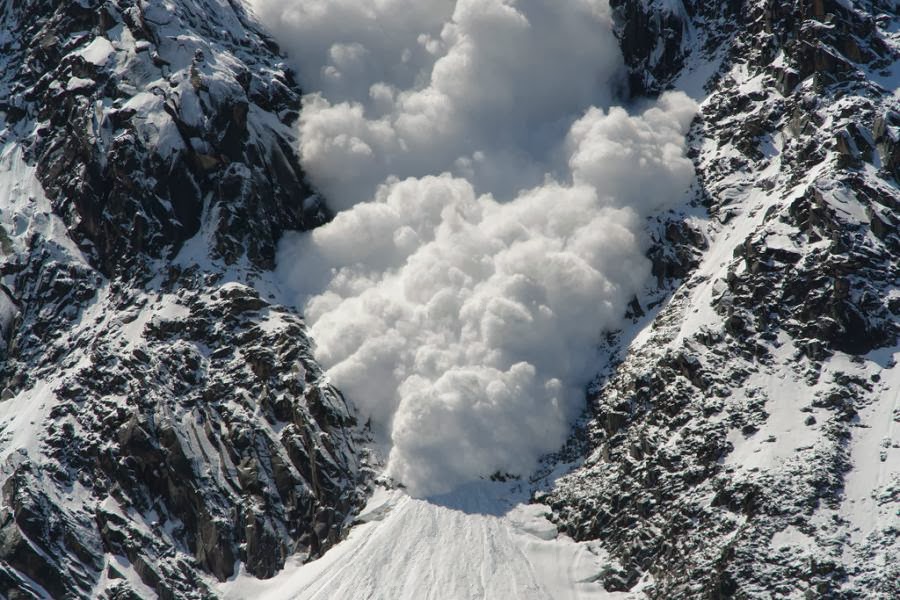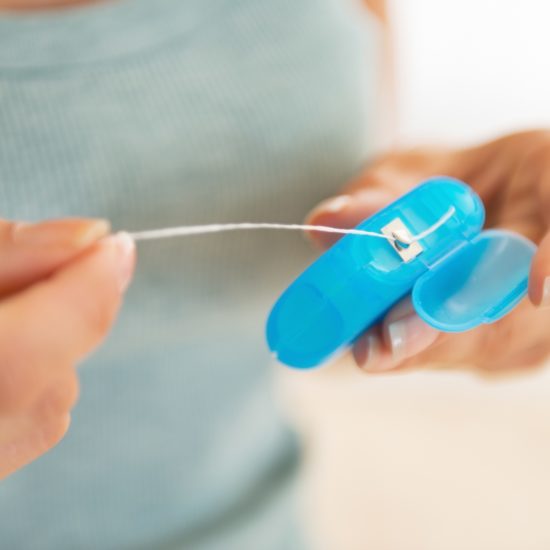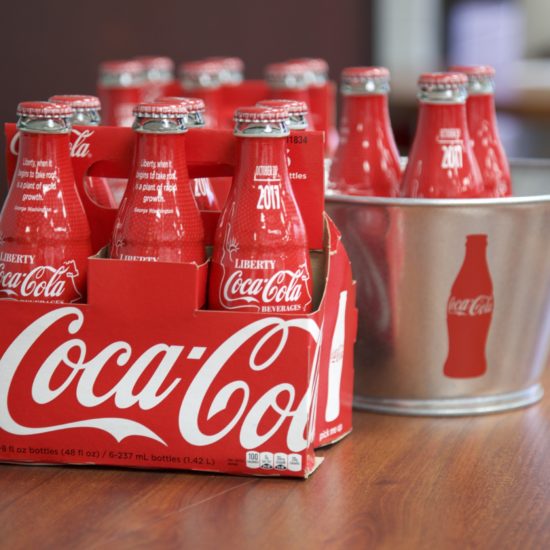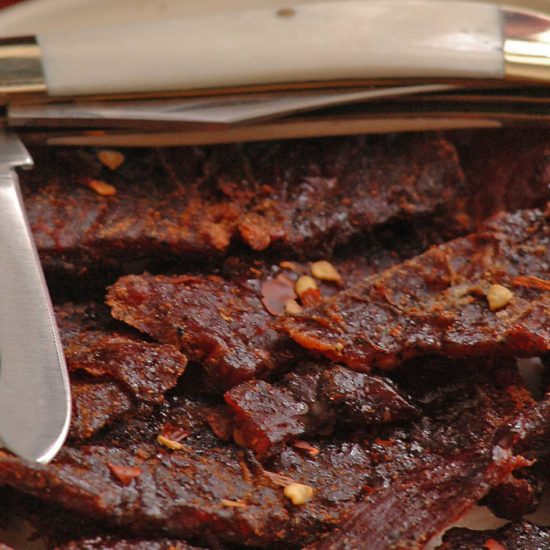
In a past life I was involved in the Avalanche Survival Classes The Sierra Club taught. This was back when their ranks were filled with outdoor enthusiasts focused on survival and conservation as opposed to politics. Then the organization understood that hunters and fishermen and mountaineers were among the most aware and responsible of people in the wilderness and left the smallest of carbon footprints. As preppers we may end up in the mountains and snow and the physics of snow are another thing to understand to give ourselves the best chance at survival.
While this was all on-piste skiing, the ski patrol was always dealing with the clown that went off-piste and got into trouble. (A note: the term is loosely used to mean within the bounds of a ski area and outside the bounds of a ski area). Part of the certification process from the Professional Ski Instructors Association (PSIA) was to recognize avalanche potential, on or near ski resorts. As a scientist, I became very interested in this as it was a real world application of some highly technical textbook stuff – a lot of physics as to the bonding of materials, and a lot of fluid mechanics. Being buried under a few feet of snow somewhere, anywhere in maybe 200 acres of avalanche slab run off is one hell of a position to end up in. Of course, there were specially trained dogs, transponders and other technical devices to assist…somewhere. Maybe drinking hot cocoa at the warming hut and seldom less than 5 minutes away. I find this interesting because unlike a SHTF scenario your goal here is “how do I QUICKLY get found when I am buried alive!”
Anyone who lives in an area where snow is something to deal with knows the differences in the construction of the snow crystals caused by temperature and humidity. Colder and dryer makes for lighter snow with limited bonding capabilities. You have all seen this in films of skiers blasting through waist or chest deep “powder” with ease, or in trying to make snowballs. On the other hand warmer and higher humidity give you what we called “Sierra Cement” though it has many names, not all of them as complimentary, especially if YOU are the one who has to shovel the porch, walk and/or driveway. The “average” ratio of snow to water is 1:10 – 1 inch of water produces 10 inches of snow.
Well as you all know sometimes it snows when it is 8 degrees F with a relative humidity below 15% and sometimes it snows when it is 30 degrees F with a relative humidity of 38% or more. (Floridians will shake their heads at these humidity numbers). What this does is produces layers in any mountain snow pack of dry non-binding snow between layers of wet heavy bonding snow. Now take this snow pack and pitch it on a mountain slope. The steeper the slope, the more likelihood of an avalanche. The reason that a lot of areas that look so tempting around ski areas are “off piste” – closed to resort users. And the exact same reason some idiot is going to chance it to “cut first/fresh/new tracks”.
Now add another variable, the thickness of each layer. Sometimes you get an inch, sometimes it comes in feet. AND when you get a few feet of wet and heavy on a foot of light and dry it compacts it and, for the first few hours does not soak in and stabilize it. This is why after fresh snow fall so many ski areas open late as the ski patrol has to check all the known avalanche-prone areas and do an analysis of the thickness and water content of the fresh layer. Their insurance companies insist upon it. No one checks this outside ski areas so if you are off the grid in this situation this is the time of highest probability of an avalanche. The permutations to this are endless.
A few more fun facts before we talk about how we might survive.
A popular winter “sport” is called “high-marking.” Played with snowmobiles it is exactly what it sounds like – who can make the highest mark on an up-slope covered in snow.
An avalanche slab can move at up to 250 mph (highest ever measured). A large avalanche in North America might release 300,000 cubic yards of snow. That is the equivalent of 20 football fields each filled with 10 feet of snow. Avalanches are normally smaller, but so are we. The reality is if a victim can be rescued within 18 minutes, the survival rate is greater than 91%. Caught in an avalanche the survival rate drops to 34% in burials between 19 and 35 minutes. After one hour, only 1 in 3 victims buried in an avalanche is found alive, and only if they have taken some actions to preserve their lives, and after 2 hours, it changes from rescue to recovery. The theme through all of this that gives me nightmares is you may be buried alive.
So What Do I Do?
Move sideways if you can – like escaping a rip tide.
If you caused it then it may not be happening just above you – attempt to jump up slope to get off of the fractured slab. Claw and crawl if that works. If the slope is very steep, 45 degrees or more, this may only give you a moment to bust a move sideways as the snow above received some support from the slab now sliding away and it has now become unstable as well. And, to be clear, though you may have caused it, the slab above could fracture immediately upon losing the support from the slab already moving away. If the “straw” is there GRAB IT!
NEVER, ever be without a beacon/location transponder. NEVER. Skiing the bunny slope have one. Sitting in the base lodge having a hot buttered rum have one. Nordic skiing open prairie have one. They are water proof so only you will know if you have one when you shower, at home, in Miami. I won’t fault you as they also work in earthquakes, hurricanes, floods, and fires. Not inexpensive but worth the investment.
Yell or blow that whistle if you can, it may help after the slab stops. Avalanches are thunderous. If you are close to a recreational area everyone will hear it and responders will be on their way, and then the noisy wheel gets the oil.
If you can grab something, other than another victim, grab it – a tree, a rock, a lift tower pole if you are at a ski resort, straws…ANYTHING. There is an equal chance this will injure you as opposed to save you but given the chance, take it. These objects will create their own air pockets, a best place to be buried, if there is such a thing.
If you are caught dump the skis or snowboard and always keep swimming up towards the surface, and parallel to the flow. You want to be on top or as close to the surface as possible and as close to the edge as possible.
If you are not at the surface create an air pocket as a last measure. Cover your mouth and nose and take a deep breath and push out against the snow in front of your face. If this worked then when you exhale you will have more air to sustain you while you wait for help. If you have the presence of mind wiggle (convulsively) as much as you can when you feel the slab slowing to create more of an air pocket. Once an avalanche stops, it sets like Quickrete.
If you are a skier try and hang onto one pole and keep it extended. Almost physically impossible when caught in tons of snow, but worth a try and when you comprehend where “up” is try and push it up to make an air channel as well as a marker for rescuers. When buried in snow, asphyxiation is your biggest worry.
Consider carrying an Avalung mouthpiece, avalanche balloon or avalanche ball. Again, a little pricey but if it is ever needed is does pay for itself.
If you have a pack leave it on: It provides valuable padding to your back and kidneys, it may contain needed supplies, though reaching them will be a superhuman accomplishment, and it makes you a larger object, possibly keeping you closer to the surface.
When the avalanche comes to a stop, try and relax. Again snow instantly freezes up like concrete, so most completely buried victims can’t even move their fingers—there’s nothing more you can do so try to relax.
If you do get out, stay in a safe place in the area as you have just become the single best source the Rescue Team and other victims have of being reached as you probably saw where at least some other people were.
Now who’s up for a game of “High-marking for Brews?”




















